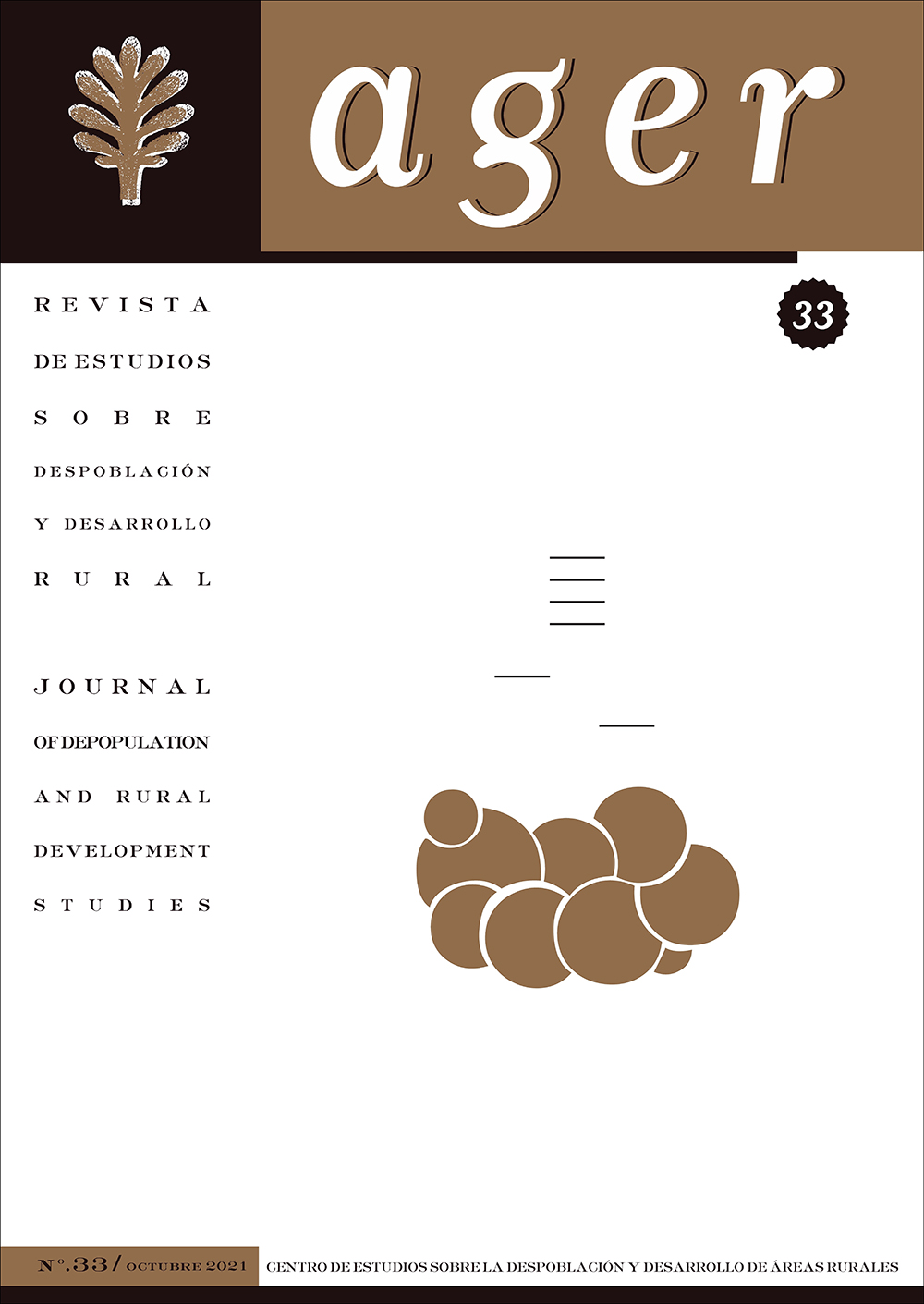Depopulation, Aging, and Rural Restructuring in Japan
Resumo
Rural areas in Japan have seriously suffered from problems of low fertility rates and aging population due to out-migration since the 1960s. The rapid depopulation of rural Japan has led to a collapse of local communities. Japanese scholars call these phenomena Kaso, which means, ‘very scarce and/or too depopulated’. At around the same time, the Japanese government enacted the anti-depopulation law and started pouring funds into depopulated areas. The total amount of investment during the 1970-
2018 period was about 1 trillion USD, of which almost 40 percent was used for the improvement of roads and communication networks. However, despite this huge investment, most rural municipalities in Japan have been endangered due to persistent depopulation and aging. In this process, the economic structure of depopulated areas became distorted and they have become subsidy-dependent. In this paper, the historical background of depopulation and aging in rural Japan, as well as the current situation, will be discussed in relation to the government policies of the last 50 years. Government’s official statistics are analysed along with previous research conducted by Japanese scholars in the context of international comparison.
Publicado
Edição
Secção
Licença
Aquellos autores/as que tengan publicaciones con esta revista, aceptan los términos siguientes:
- Los autores/as conservarán sus derechos de autor y garantizarán a la revista el derecho de primera publicación de su obra, el cuál estará simultáneamente sujeto a la Licencia de reconocimiento de Creative Commons que permite a terceros compartir la obra siempre que se indique su autor y su primera publicación esta revista.
- Los autores/as podrán adoptar otros acuerdos de licencia no exclusiva de distribución de la versión de la obra publicada (p. ej.: depositarla en un archivo telemático institucional o publicarla en un volumen monográfico) siempre que se indique la publicación inicial en esta revista.
- Se permite y recomienda a los autores/as difundir su obra a través de Internet (p. ej.: en archivos telemáticos institucionales o en su página web), lo cual puede producir intercambios interesantes y aumentar las citas de la obra publicada. (Véase El efecto del acceso abierto).

